Description:
I build this web app for my son as his newborn gift last year. My wife & I are obsessed with it since. We use it extensively every day until now on our phones, tablets, laptops, TVs, and even our Samsung fridge (required only internet & browser). I will release this to ALL parents in the world soon* for FREE. But now I want to allow my nephew & niece in Texas to use this dashboard/web app as a family test. I have to support diff timezone. Right now it only supports US ET which is where I live.
JJ's Dashboard
Desktop View (Read-only)
https://mybabies.app/baby/a4b7efe4-9c2f-4c48-b5b1-cc516a8f027f?code=N0Vk90
Setup:
My config/app.php current set to 'timezone' => 'America/New_York',
I use moment.js a lot in the front-end to display my entire date/time logic.
I was thinking:
to take the input as +2, +3, and so on.... so I can render the time based on that. I know I have to take user timezone as input and store that into the database as : +2, +3, ... . I've done that. I can also query back what user set as well. I just don't know what to do with that TZ. I'm afraid that I will change my codes in tons of places..
Is there a way to just detect user TZ just like we detect user dateTime? Should I consider that route instead ?


